Mitsubishi has been no stranger to fleets over the years, but not so much recently.
Aside from the specialised 4x4s and the high-performance Evo models (that appeared in small numbers on police fleets for a while), the mainstream models haven’t really struck much of a chord with fleet customers.
Exchange rates have played their part, with the value of the Japanese yen increasing in relation to sterling and making the Japanese products more expensive to import.
The exchange rate has shifted back in the UK’s favour during the past 18 months which allowed Mitsubishi to introduce its new small car, the Mirage, with £1,000 off the price, and has enabled the company to reduce prices of other models in its range.
The Shogun – a stalwart of the Highways Agency and some police fleets – witnessed reductions of up to £5,000 from August 2013, and at the end of the year the ASX compact crossover also underwent a price realignment that saw a reduction of around £2,000.
New products are on the way that could be more tempting for fleets. In fact, fleet sales will play a key role in driving Mitsubishi’s sales back through the 30,000 units a year mark (from 14,971 in 2013) in the UK, while emerging hybrid technology will also focus attention on the brand.
Lance Bradley has managed Mitsubishi in the UK for the past five years – perhaps some of the worst years on record for the automotive industry in the UK. Talking to him in 2014, you get a feel for his enthusiasm for the new products in the pipeline and his ambition to more than triple last year’s sales.
The big news for fleet customers in 2014 is the introduction of the Outlander PHEV, a plug-in petrol hybrid that has up to 32 miles of zero emissions range from the mains, but has a 2.0-litre petrol engine to eliminate range anxiety.
The car has been rated at 44g/km of CO2, putting it into the 5% bracket for BIK tax, also beneficial for employers’ National Insurance contributions compared to conventional fuel rivals. Official fuel consumption on the test cycle is 148mpg. With the plug-in car grant of £5,000, the invoice price is the same as for diesel versions of the Outlander.
“We wanted to make sure customers weren’t forced into paying a high price for the technology,” says Bradley. “We wanted to make the choice easy for them and allow them to choose the version that best suited them.”
Bradley says Mitsubishi and its dealers will be advising customers to have realistic expectations for fuel consumption. Internal tests found the tipping point on a single journey where the diesel Outlander becomes the cheaper version to run was 106 miles. Mitsubishi’s advice to customers will be that if typical journeys are less than 80 miles then the PHEV would be the right choice, although if longer journeys are more likely, then the diesel Outlander would be the cheaper option.
Mitsubishi has set a sales objective of 3,000 Outlander PHEV models in the UK this year, although if the car is successful there is scope to take a greater share of the PHEV’s annual 50,000 production.
“We think the new Outlander PHEV will be a car that really appeals as a company vehicle,” Bradley says.
He adds that while plug-in vehicles are an unknown quantity for Mitsubishi, customers haven’t had the option of choosing a hybrid with no premium to pay over the standard alternative.
More plug-in hybrids will follow in the future. The replacement for the ASX crossover will be offered with a 1.1-litre three-cylinder petrol engine combined with a plug-in hybrid system, while a concept car that will evolve into the next-generation Shogun was shown at the Geneva motor show in March with a plug-in hybrid powertrain.
At the 2013 Geneva show, a concept pick-up truck was shown with a diesel hybrid powertrain and target CO2 emissions of 149g/km.
But these vehicles are a few years away, and Mitsubishi must begin its climb back up the sales charts with existing vehicles. Total Mitsubishi registrations were up by more than a quarter in 2013; excluding LCVs they rose 38%.
The company expects to comfortably surpass 20,000 in 2014 and hit 30,000 registrations in 2016 or even earlier. It will be adding dealers to the network as well as using its network to target SMEs in their local areas.
Mitsubishi has also announced a final run of the Evo X high-performance car. Just 40 examples of the limited edition FQ 440 will come to the UK. While it’s a swansong for the current incarnation of the Evo, future high-performance models haven’t been ruled out. They will, however, be in keeping with the company’s ‘greener’ Intelligent Motion branding.
One model still going strong is the L200 pick-up. Despite being among the oldest designs on the market, it sells well, with more than 5,000 registrations in 2013, and has evolved into a well-liked and versatile vehicle, as popular with landscape gardeners as it is with construction companies.
Mitsubishi also offers commercial vehicle versions of its four-wheel drive cars. Bradley confirmed that a commercial vehicle version of the Outlander PHEV is on the way to run alongside a diesel version.
“With a grant of up to £8,000 off a plug-in commercial vehicle, it could be a very attractive option for those who need a car-derived 4x4 van,” he says.
Bradley is also confident that the pricing strategy for the Outlander PHEV will give the plug-in vehicle market the boost it needs so manufacturers can begin to look at its future beyond cash incentives.
“The current grant system is in place until 2015,” he said. “We hear it will continue in some form after that. At the moment, manufacturers can’t afford to offer them without some form of incentive but we know they can’t continue for ever. We need volume in the market to help reduce costs.”
Although the Mirage city car has been a largely retail focused vehicle, Bradley believes there is some appeal for fleets, especially those in the public sector because of its low costs and low fuel consumption. The automatic version has CO2 emissions of 95g/km allowing it to qualify for a 100% writing down allowance for outright purchase fleets.
The Shogun, with its lower price proposition, still has appeal for fleet operators that need a vehicle with true off-road ability and that might need to tow more than three tonnes.
But the vehicle was first seen in its current incarnation in 2000, with a thorough reworking in 2006.
However, CO2 emissions are still more than 200g/km for the 3.2-litre diesel.
“People choose these vehicles because they need an authentic off-road vehicle, for towing and other specific needs,” says Bradley. “With the price changes last year the Shogun now costs £15,000 less than similar competitors. That is huge. We know how long the Shogun has been on sale but it does the same job and when it’s your own money, the price difference with rivals is vast.”
Tackling the SME market
Lance Bradley says part of the company’s work in 2014 will be identifying new business customers.
“We did some analysis of L200 sales and found we did very well in the retail market and very well with large fleets, but there was a gap where we weren’t reaching SMEs – businesses that might have up to 10 vehicles,” he says. “These businesses don’t think of themselves as fleets and don’t have a specific department to manage vehicles or even need a full-time fleet manager.
“Their requirements are different from retail and different from big fleets.
“We will be seeking to offer the level of service they expect and an understanding of their needs, taking away some of the hassle of managing their vehicles.
“We have a fantastic dealer network with outlets in many cases that are small independent businesses, and are similar in many ways to the businesses we are now trying to reach.”



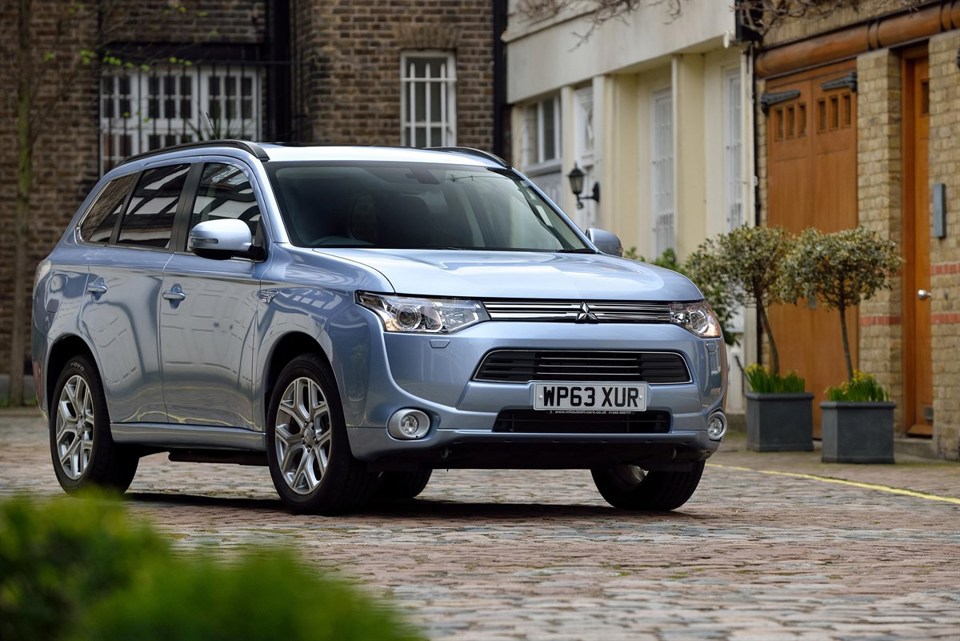

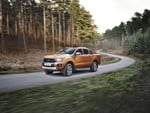






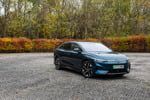
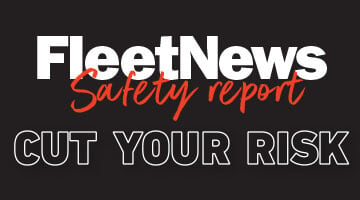
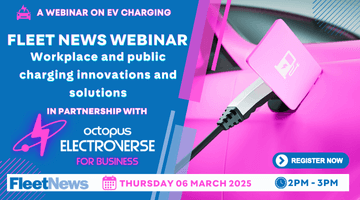


Login to comment
Comments
No comments have been made yet.